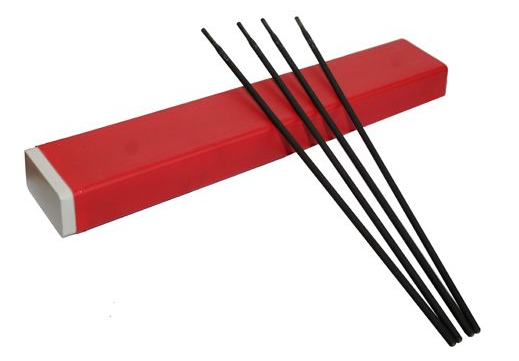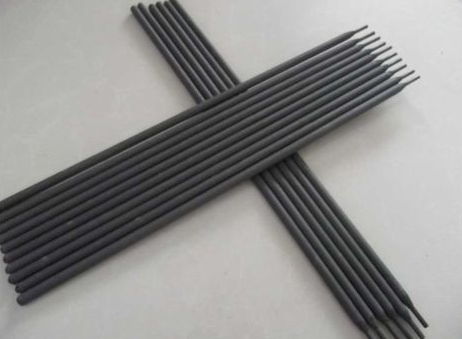Stick welding, also known as Shielded Metal Arc Welding (SMAW), is a popular welding method used in various industries. One crucial aspect of stick welding is choosing the right welding rods, also known as electrodes. Understanding the different types of welding rods and their applications can significantly impact the quality and success of your welding projects. In this article, we will answer eight common questions about stick welding rods, helping you make informed decisions for your next welding job.
What Are Stick Welding Rods?
Stick welding rods, or electrodes, are metal rods coated with flux that create an arc between the electrode and the metal being welded. The flux coating melts during welding, producing a shielding gas that protects the weld from contamination. Stick welding rods come in various sizes and compositions, each suited for specific applications and metal types.

AWS A5.11 ENiCrMo-6
What Are the Common Types of Stick Welding Rods?
The most commonly used stick welding rods include the E6010, E6011, E6013, E7018, and E7024. Each of these rods has unique properties tailored for different welding tasks:
E6010: Ideal for deep penetration, commonly used for pipe welding and outdoor applications.
E6011: Similar to E6010 but suitable for welding in various positions and can be used on both AC and DC currents.
E6013: Known for producing a smooth, clean weld and is great for beginners.
E7018: A low-hydrogen rod that produces strong, high-quality welds and is often used for structural welding.
E7024: Excellent for high-speed welding on flat surfaces.
How Do I Choose the Right Stick Welding Rod?
Choosing the right stick welding rod depends on several factors, including the type of metal being welded, the thickness of the material, the welding position, and the power source (AC or DC). For example, E6010 and E6011 rods are excellent for deeper penetration and overhead welding, while E7018 is better for structural applications where strength is paramount.
What Are the Advantages of Stick Welding Rods?
Stick welding rods offer several advantages, such as versatility, portability, and ease of use in outdoor environments. Stick welding can be performed in various positions and doesn’t require shielding gas, making it ideal for fieldwork or remote locations. Additionally, stick welding can work on rusty or dirty surfaces, which can save time in preparation.

AWS A5.5 E9015-B9
What Is the Proper Storage for Stick Welding Rods?
Proper storage of welding rods is essential to prevent moisture absorption, which can lead to porosity and weakened welds. Store welding rods in a dry, temperature-controlled environment, and for low-hydrogen rods like E7018, consider using a rod oven to maintain their integrity. Always follow the manufacturer's recommendations for storage.
How Do I Know If My Stick Welding Rods Are Bad?
Stick welding rods can degrade over time if not stored correctly. Signs of bad welding rods include a rusty or oxidized coating, difficulty striking an arc, excessive spatter, or poor weld quality. If you notice these issues, it’s best to replace the rods to ensure a strong, clean weld.
What Are the Limitations of Stick Welding?
While stick welding offers many benefits, it does have limitations. For instance, stick welding can be slower than other methods like MIG or TIG welding, and it may not be as efficient for thin metals. Additionally, stick welding can produce a significant amount of slag that needs to be chipped away, which can be time-consuming.
Can I Use the Same Stick Welding Rods on Different Metals?
Stick welding rods are often designed for specific metal types. For example, mild steel rods like E6013 and E7018 work well on carbon steel, while stainless steel rods are necessary for welding stainless materials. Always choose a rod that matches the metal you're welding to ensure optimal results.
Questions and Answers About Stick Welding Rods
Q: What size welding rod should I use?
A: The size of the welding rod depends on the thickness of the material you're welding. Thicker materials require larger rods, while thinner materials need smaller rods for precise control.
Q: Can I reuse welding rods?
A: No, once a welding rod has been used, it cannot be reused. Always start with a fresh rod for each weld to ensure consistency and quality.
Q: How do I strike an arc with stick welding?
A: Striking an arc involves quickly tapping or scratching the rod against the metal to initiate the weld. Practice is key to mastering this technique.
Stick welding is a versatile and effective method for various welding projects. By understanding the different types of welding rods and their applications, you can improve your welding skills and ensure strong, durable welds.







